How to Run a Great Workshop: The Complete Guide to Designing and Running Brilliant Workshops and Meetings
£12.50£16.10 (-22%)
You’ve been asked to run a training session, workshop or meeting. What you need now is a foolproof way of making it both memorable and enjoyable to run – and to know that what you are doing will achieve the desired outcome and have lasting positive effects on your team.
Anyone who has ever endured ‘death by powerpoint’ or a dry ‘chalk and talk’ session knows how not to do it, but how do you make sure that you get it right?
This interactive guide is designed especially for busy managers – people whose main role is not training – and will take you through a simple step-by-step process that results in stimulating, fun and effective workshops and presentations.
Just some of the many scenarios the book will help you tackle include:
· How to put together training session from scratch when you have ‘blank page, blank face’ syndrome – here’s the step-by-step solution
· You’ve done some training but you aren’t getting the desired results from your sessions – here’s what do to about it
· You haven’t time to write 80 sexy PowerPoint slides for a session you are running – here’s what to do instead that will be even more effective and take half the time
· You’re dreading the experience of being ‘up the front’ – here’s how to shift the onus from you to your participants
· How to be remembered for the right reasons! – Here’s how to ensure that happens
This is a book that ‘walks the talk’- it presents what you need to know in an engaging, interesting, effective and quick way – exactly how you will be presenting in your meetings and worshops when you have finished reading it.
Read more
Additional information
| Publisher | 1st edition (26 Oct. 2006), Pearson Business |
|---|---|
| Language | English |
| Paperback | 208 pages |
| ISBN-10 | 0273707876 |
| ISBN-13 | 978-0273707875 |
| Dimensions | 15.24 x 1.91 x 22.86 cm |




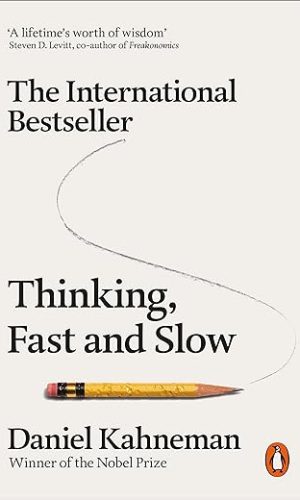
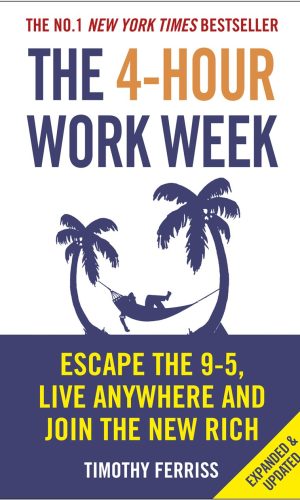
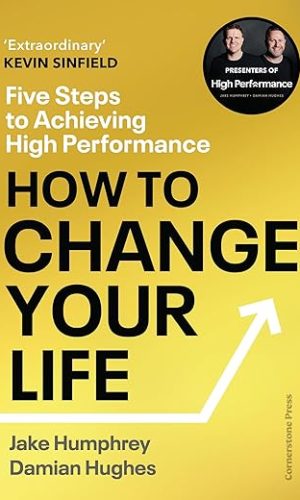

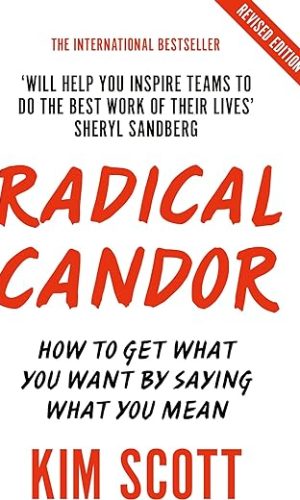
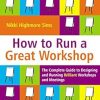
by Bm Levitan
To start with, let me say what this book is NOT.
1. It is not a primer on how to do PowerPoint presentations (in fact the author doesn’t advocate use of PP)
2. It does not cover the theory of things like NLP in any detail – there are plenty of other books that deal with this.
So what IS it?
It’s a really practical, helpful book about how to approach, plan and deliver great workshops. The author is a firm believer in engaging all the senses and both halves of the brain, so there is a lot about making sure one’s delivery contains a mix so that all of this is addressed. She provides just enough of the theory so that you understand why she advocates what she does, and then concentrates on the practicalities of doing it.
by John Paradise
Informative
by Artsreadings
The most important contribution of this book is the way it shifts the focus away from the facilitator to the participant of the workshop, or indeed of all group learning situations.
Like in a traditional class-facing delivery, the design of the sessions is of prime importance ahead of the actual sessions, so that everything is ready and have been carefully considered to meet both learning goals and participants’ expectations.
This book is very inspiring as it talks straight and directly about various topics and takes the reader through the various stages of running a great workshop, from inception, conception to delivery and evaluation.
Not only good for workshops in a business environment, tips given in this books can also be of good use in any kind of learning environment.
Warmly recommended.
by A. Dawud
I am about to embark on a new journey that will involve workshops and having my previous experience of running workshops I was very panicky. Would I be able to deliver the workshops? Would I know enough warm ups/ice breakers etc? And loads of other questions zipped through my mind!
Lucky for me I bought this book and once it arrived it took me 2 days to read it through. This is a book I can safely recommend to anyone needing guidance in creating workshops. Never in a million years would I have thought about using playdoh and board games as tools but this book explains why activities shouldn’t just be plain powerpoint slides you can safely shake things up without losing the essence of the workshop.
I have heaps of ideas I cannot wait to try. This book is a vital piece of instrument and is written in a really clear format.
Nikki has even included information on how to apply alot of what you learn to common meetings too so as I say this book is well worth every penny!
Go buy it-I doubt highly you will regret it.
by A. Maslen
I have been running training courses and giving talks for twenty years. Since before PowerPoint. When it came in, I, along with everyone else, started using it and never looked back. Until I bought this fantastic book.
Following Nikki Highmore Sims’s advice I ditched the laptop and the PowerPoint and did some lo-tech hand-drawn flipcharts. I also switched, consciously, from a lecturing “expert” style to a facilitative style. I created some simple but effective 3-D props and just tried out my new-style workshop last week. The delegates loved it and I loved it. Not being tied to the screen was a huge relief.
That’s just part of why I loved this book. Sims writes in a down-to-earth style and gives lots and lots of practical examples. A gem.
by M. C. D
I found this a really helpful book to assist with running workshops. I’m a lecturer and definitely learnt a few useful tips about facilitating learning with varied audiences beyond the uni seminar style.
by Annmarie James
Excellent resource for any facilitator, tutor coach etc
by Lilie
This is a very comprehensive guide to setting the tone and agenda for workshops. It shows how different workshops styles may be suitable in different contexts and actually guides you through it all.
I found the 5-senses approach very interesting and used this to improve my hands-on workshops. Adding music and role play gave a real boost.